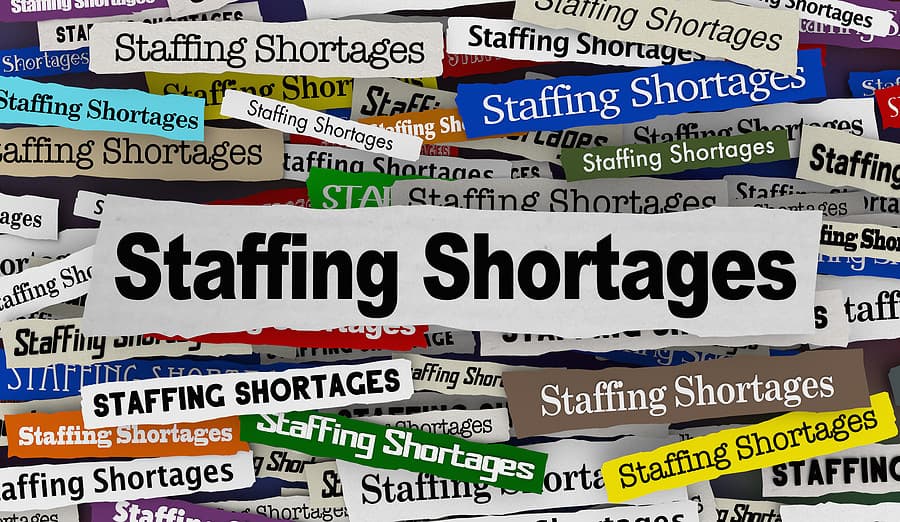Some people say there’s a shortage of skills. That’s sort of true. It depends how literally you think about skills. There are so many kinds of skills. My co-worker Todd Raphael, who is the former editor of ERE, was a state champion in Spanish as a kid. But he could barely speak Spanish! You can be a good language reader, speaker, writer, conjugator of verbs, memorizer of vocabulary words, and so on. Likewise, I know people who can cook. But what does that mean? Do you cater at a hotel for 1,000 people? Do you cook vegan food, vegetarian, Szechuan, barbecue on a grill, or bake pastries?
Point is, the number of people who have the exact skill you want is probably limited. More than one third of the jobs in demand are tech-related, with many companies competing for the same talent. Not to mention that the ideal skill mix for jobs has changed drastically over the past 10 years.
Therefore, the real question should be: Who can do the job?
The Importance of Adjacent Skills
When we’re short on skills, the good news is that there is a way to know who among our employees or in our talent network can do the job based on the skills they have. AI, with a large enough dataset, has progressed to the point where we can now tell who is capable of learning what.
This is where “adjacent skills” come into the picture. Take a future skill such as Python, a coding language for the web. By looking for remote prospects with Python skills, an employer might be looking at a pool of about 1 million to 1.5 million people. But considering people with adjacent skills to Python, including C++, Java, R, algorithms, and data structures, the pool roughly doubles.
We have enough data now to know the skills that are adjacent to every other skill.
This is particularly important because in every industry, there are employees with skills that are declining in prevalence and value. But each of these workers has the capability to learn new skills that are increasing in value as companies undergo digital or even business-model transformations.
Identifying Adjacent Skills
What you have to do is define the skills necessary in your industry to perform well in roles that are growing in need. Then compare those skills with those of your employees or talent pool who are in other roles. For example:
- In the telecom industry, there is significant overlap between the skillsets of a network technician and a network engineer. If a network technician chooses to explore the network engineering career path, they already have all the networking fundamental skills (e.g., routing, switching, troubleshooting skills) and would need to learn skills such as network architecture and MPLS.
- In the semiconductor industry, where the skills shortage is acute, manufacturing technicians can transition into reliability engineers, as there is a high degree of skills overlap. Some skills, such as statistical process control and troubleshooting, are relevant for both roles. Other skills are related, such as lean manufacturing, a skill common among manufacturing technicians, and continuous improvement, a skill common in reliability engineers.
- In the banking industry, where staffing is “banking’s biggest threat,” consider a systems administrator and a cloud engineer. There is a high degree of skills overlap. SQL skills, VMware, and troubleshooting skills are common in both positions. There are also several adjacent skills for a systems administrator to transition into cloud engineering such as Java, Python, and Amazon Web Services. The below image illustrates this example.
Beating the “Skills Shortage”
Adopt a new mindset when it comes to what your people are capable of doing and learning. Similarly, encourage them to adopt a growth mindset, to become continuous learners. Show them how their current skills could translate into a multitude of growing career paths and set up a plan for them to acquire new skills.
Help your entire workforce understand career options and give them the learning and development opportunities through upskilling initiatives. At the same time, consider hiring people with the adjacent skills, knowing they have the potential to grow. Or, you can just keep saying there’s a skills shortage.
